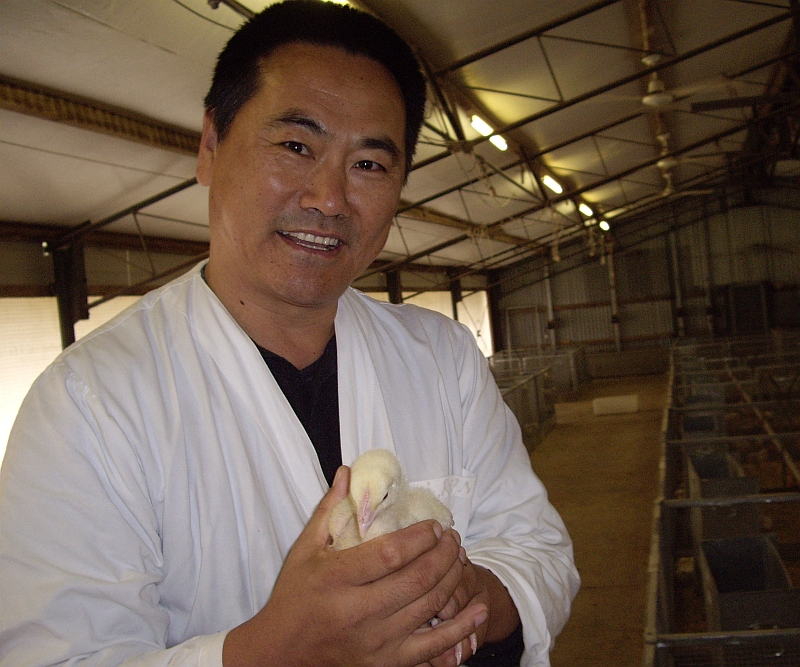During the year, Drs Tamsyn Crowley and Anthony Keyburn discovered that microRNA profiles differ from stressed hens compared to non-stressed hens. This means that a potential, non-invasive scientific test for the welfare status of birds will be possible. This is a world first. It will add an objective measure to what is usually a highly emotive subject – bird welfare.
Another welfare-related project is examining the potential to sex embryos. For the layer industry, the current roughly 50:50 sex ratio is a welfare issue as cockerels are euthanised as day-olds. If sexing embryos proves possible, it would be a productivity gain for the global egg industry because not all eggs would need to be put through incubators and day-old chicks would not require manual sexing. If implemented, such a technology would completely change the way the egg industry operates.
We have also tackled, from a number of angles, a key challenge that impedes productivity gain in the poultry industry – waste stream mitigation. Firstly, the easy, low-cost approach of composting was investigated and implemented via our industry partners. This has solved problems associated with the disposal of millions of spent hens at the end of their laying cycle. Secondly, value-adding to wastes using both anaerobic and aerobic digestion technologies was trialled under Australian conditions to address hatchery and processing wastes as well as daily mortalities. Massive momentum has gathered for the use of these technologies in the poultry industry, solving a costly problem in dealing with a low-volume, continuous waste stream on site. Thirdly, environmental concerns associated with composting, and the safe use of poultry compost, were carefully investigated by meticulously studying odour emissions from compost heaps and viral survival in poultry compost. In addition, the Poultry CRC is working closely with local and state governments to incorporate poultry compost into the national Fertcare® Program.
Our education achievements have exceeded what we originally envisaged. What is worth highlighting is the strong industry commitment to our education program. For instance, almost all our postgraduates who have completed their theses have found employment in research organisations or in industry. Our industry internship program has proven highly successful. To date, six of our seven interns have been employed by the poultry industry. Whilst we have decided to continue this Internship Program, we have also launched the X Program (Early Career Support) to encourage young researchers to spend up to six months embedded in industry to understand the key issues affecting productivity. Finally, we have set up a Researcher-in-Industry Program to motivate established researchers to spend time with companies to gain practical insights into particular research problems.
Our research and education activities extend beyond Australia through the provision of a number of outreach services, including poultry-related information via www.poultryhub.org and our YouTube channel. For instance, we produced a 3-D animation of chicken embryo development and posted it on YouTube. This was partly funded by the World’s Poultry Science Association as an outreach educational project. This animation has been viewed over 360,000 times to date. It has also won the American Association of Medical Illustrator’s “Member’s Choice Award” and the “Award of Excellence for a Didactic/Instructional” in the Non-Commercial Animation category.
The poultry industry that supplies 45kg meat and 220 eggs per capita per year is the largest contributor of quality animal protein sources to Australia’s food basket. The Poultry CRC’s research and education outputs and our current focus on transferring them to industry are laying solid foundations for the sustainability of the industry into the future.
I would like to take the opportunity to thank everyone who has contributed to our work during the year and to wish you a safe and happy festive season!
Mingan


